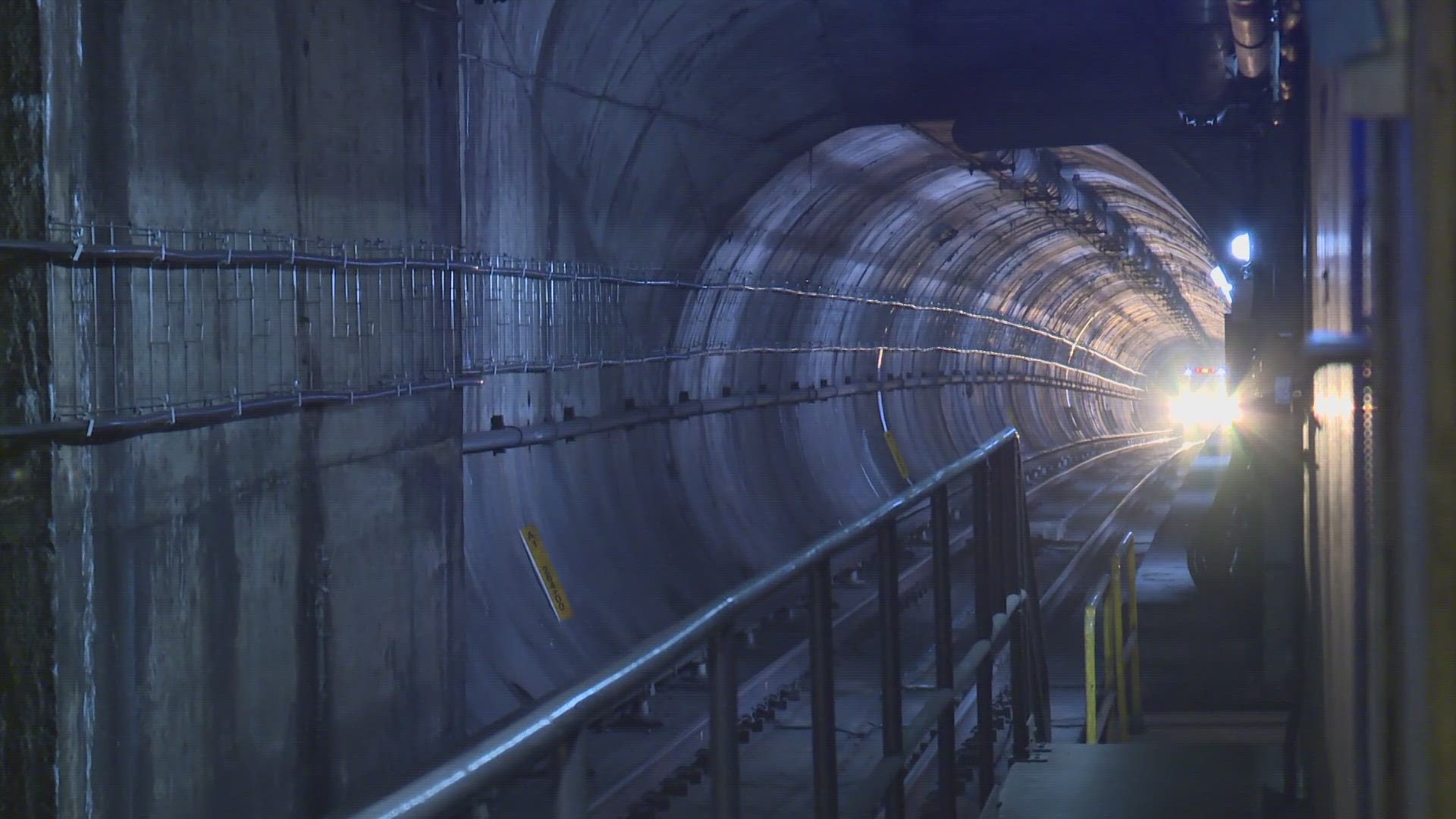WASHINGTON — A recent safety audit reveals inconsistencies in Metro's approach to repairing leaks or water intrusion in power rooms, according to the Washington Metrorail Safety Commission.
"You never want water intrusion anywhere because it could damage systems. It could lead to an injury of some kind or service or safety disruption," said Max Smith, WMSC spokesperson.
The audit identified instances of water entering electrical rooms at various locations throughout the Metro system. Some rooms were documented with rusting to vital electrical equipment. They were taken during inspections conducted in July 2023. Locations with issues included the Traction Power Substation at Benning Road, Gallery Place Battery Room, and Metro Center Station Alternating Current Room.
In some cases, the commission noted logbooks recorded repeated leaks despite repairs, raising concerns that Metro was not consistently identifying and addressing the problem.
"For example, during the audit, one location at Metro Center had a room with significant rusting corrosion that had been developing there for a very long time. Outside that room, there was a pipe that was leaking significant water," Smith told WUSA9.
Metro estimated that water was leaking at a rate of a gallon per minute. Although it has since been repaired, the commission remains concerned about the long-term water intrusion that still exists.
"When we issue a finding, Metro has 30 days to come up with a corrective action plan and submit that proposal to us. That doesn't mean it's 30 days to fix that problem. These are obviously systemic issues, and that's what we're trying to help Metro Rail address," Max added.
WUSA9 reached out to Metro for comment, specifically about the water issue. They said in a statement, "We are reviewing WMSC’s recommendations and will take appropriate action to maintain a safe, reliable system."
Now, the report also noted other concerns such as torque wrench calibration, that repair was completed immediately. However it also mentioned that some employees were still not properly trained to maintain equipment from a prior inspection, and there was no process in place to ensure they know what to do prior to working on equipment.

